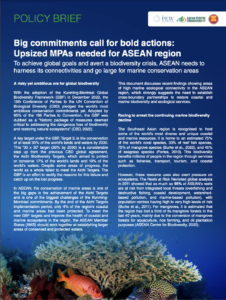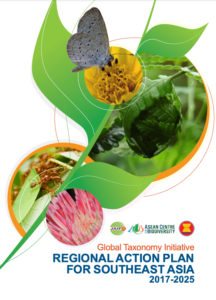Bantimurung-Bulusaraung National Park is known as the second-largest karst area in the world, Other than being home to the famous Rammang-Rammang karst area, it also boasts dozens of prehistoric caves, unique animals such as Sulawesi moor macaque, red-knobbed hornbill, cuscus and Sulawesi palm civet, as well as endemic butterfly species such as Papilio blumei, Papilio polytes, Papilio sataspes, and Graphium androcles.
Unique Flora: It is the habitat of Celebes endemic species, Dyospiros celebica or it is well-known as Ebony. Other protected species are Livistona chinensis, Livistona sp., Ascocentrum miniatum, and Phalaenopsis amboinensis which are known as palm and orchids.
Unique Fauna: Mammals consist of Celebes Black Monkey (Macaca maura), Celebes civet (Macrogalidia musschenbroeckii), Celebes Cuscus (Strigocuscus celebencis), Celebes Bear Cuscus (Ailurops ursinus), Dear (Cervus timorensis) and Tarsius (Tarsius fuscus). High biodiversity abundance and high population of butterflies including 200 Papilionoidea; Birds consist of Julang Sulawesi (Aceros cassidix), Forest-Cekakak Green-tunggir (Actenoides monachus), Celebes Red Shrimp (Ceyx fallax), Kangkareng Sulawesi (Penelopides exarhatus), Celebes snake-Eagle (Spilornis rufipectu) and Perkici dora (Trichoglossus ornatus). Amphibians consist of Celebes Frog (Bufo celebensis) and (Rana celebensis). Reptilian consist of two-headed snake (Cylindrophis melanotus), Celebes groundgecko (Cyrtodactylus jellesmae), Soa-soa (Hydrosaurus amboinensis), and Flying lizard (Draco walkeri).





























